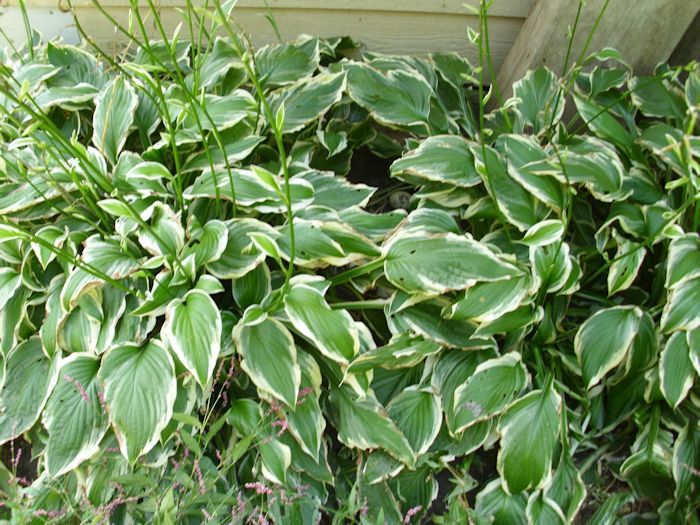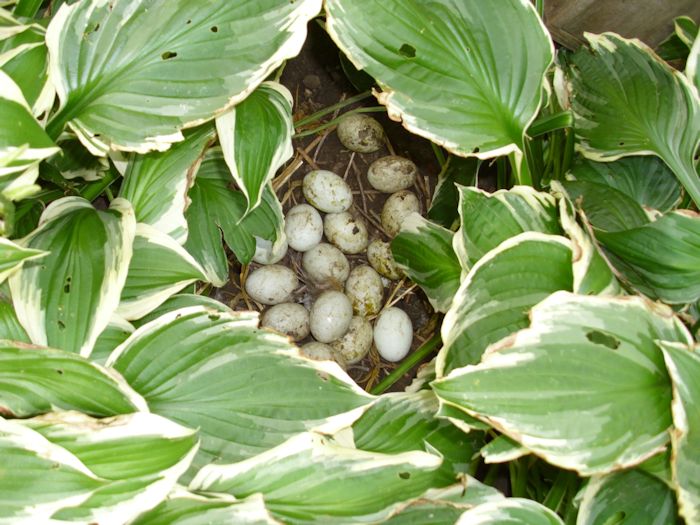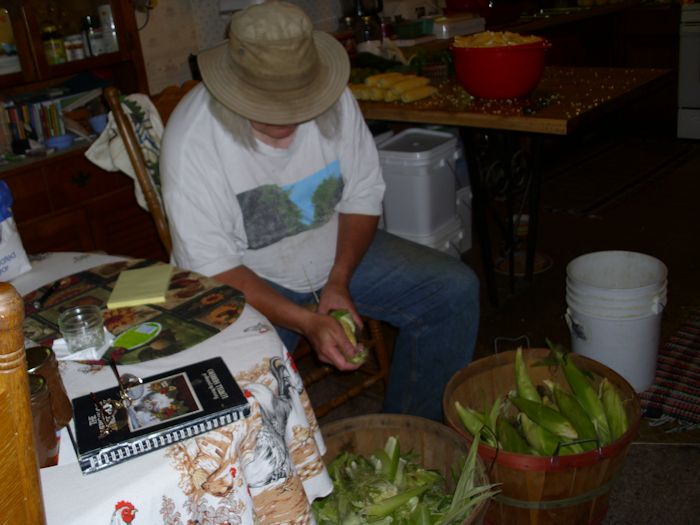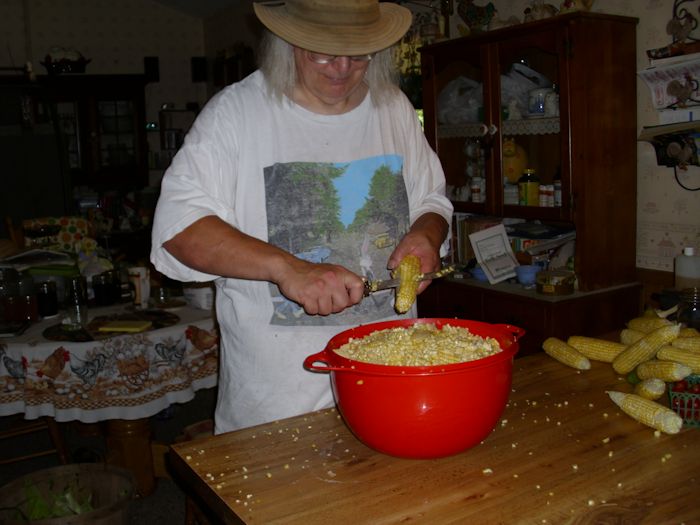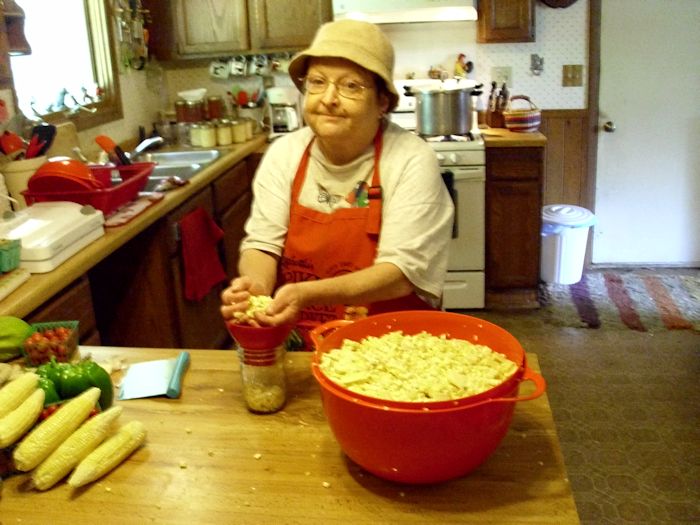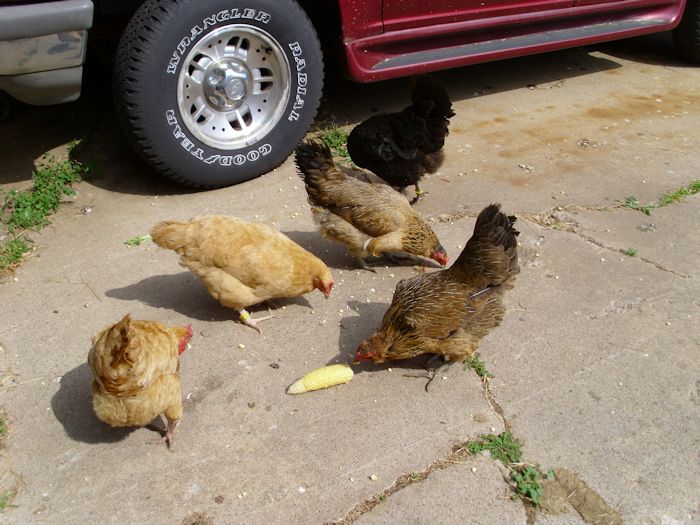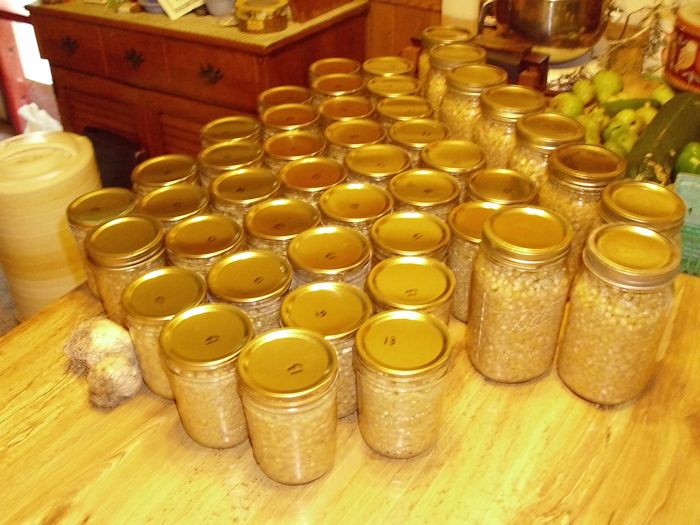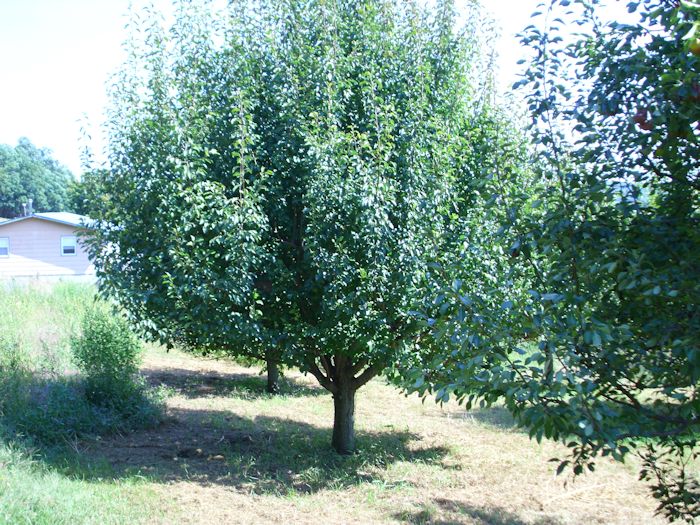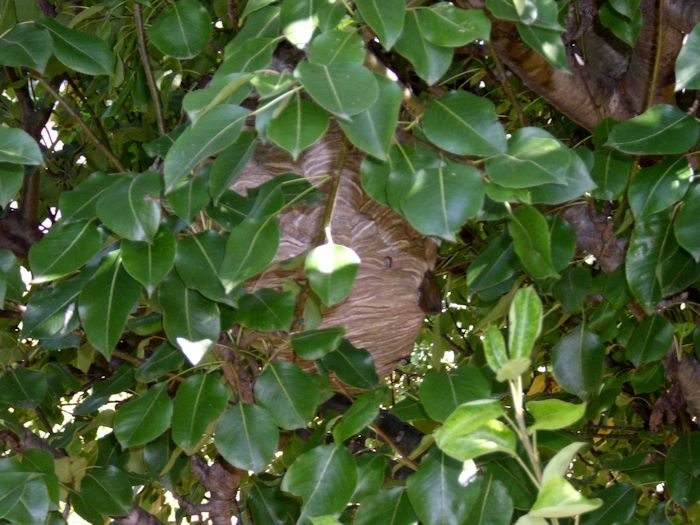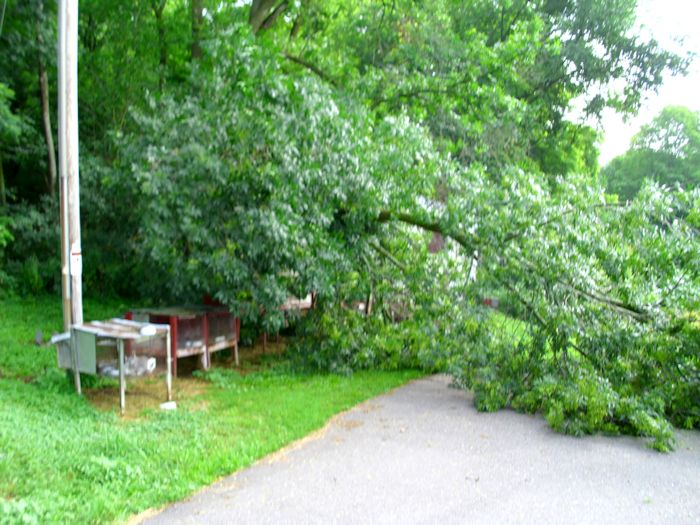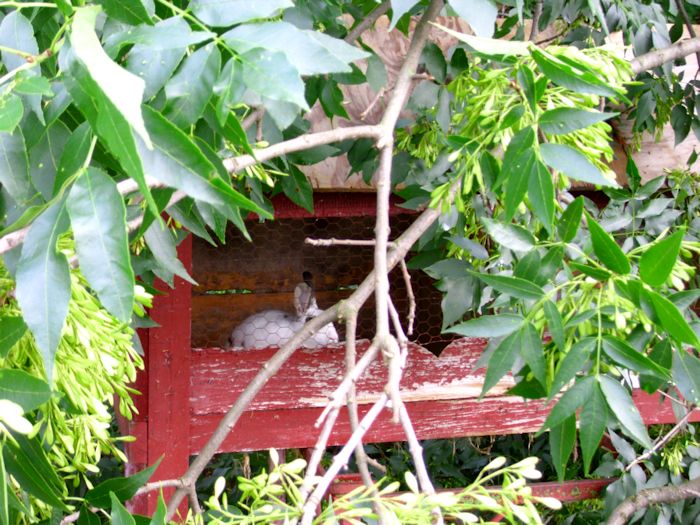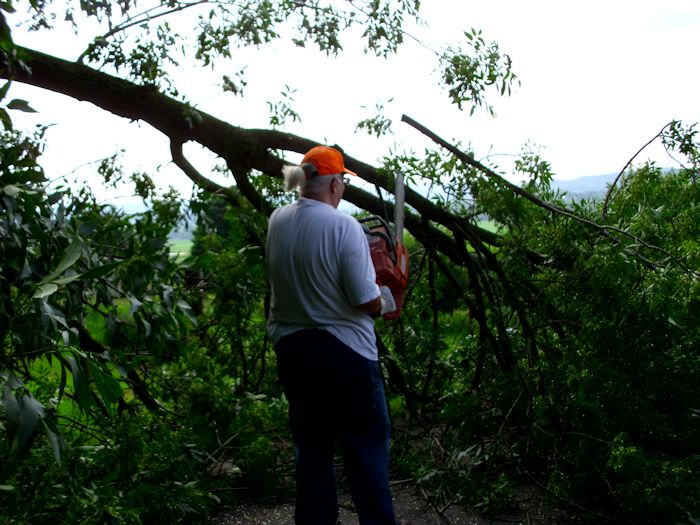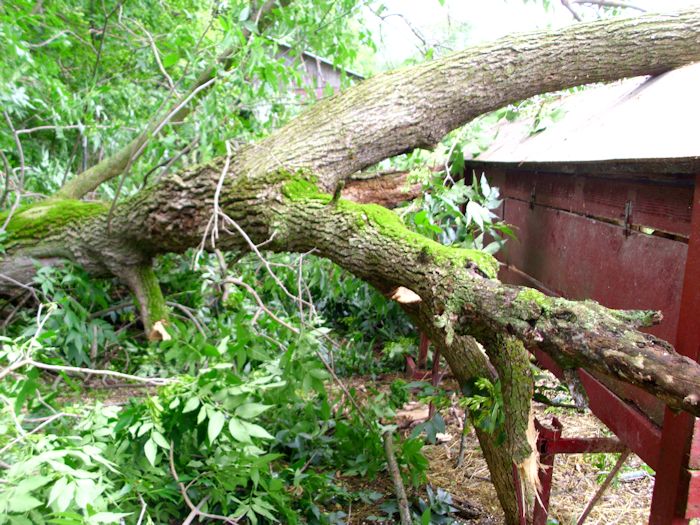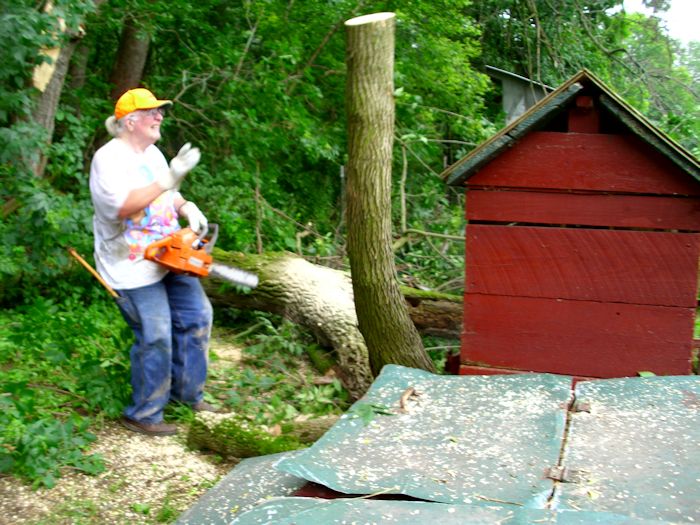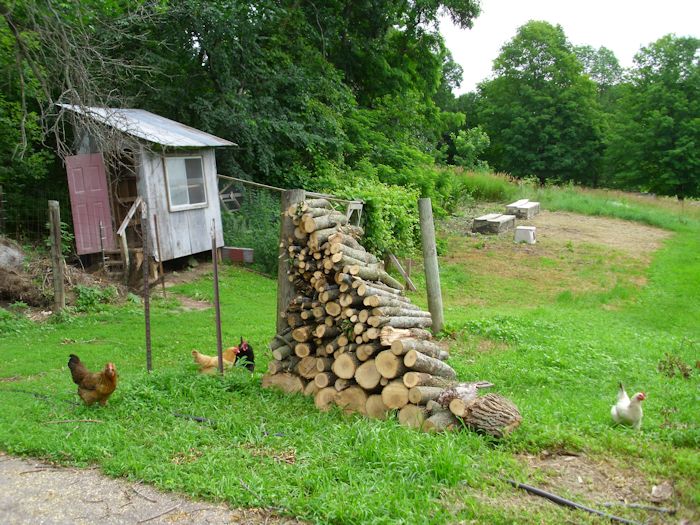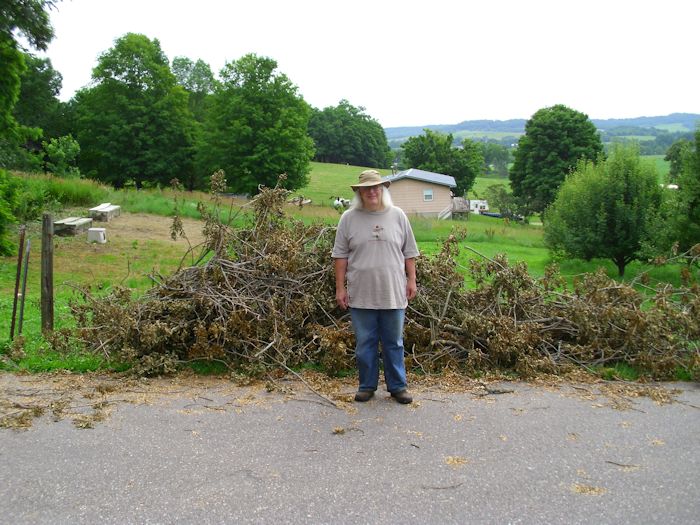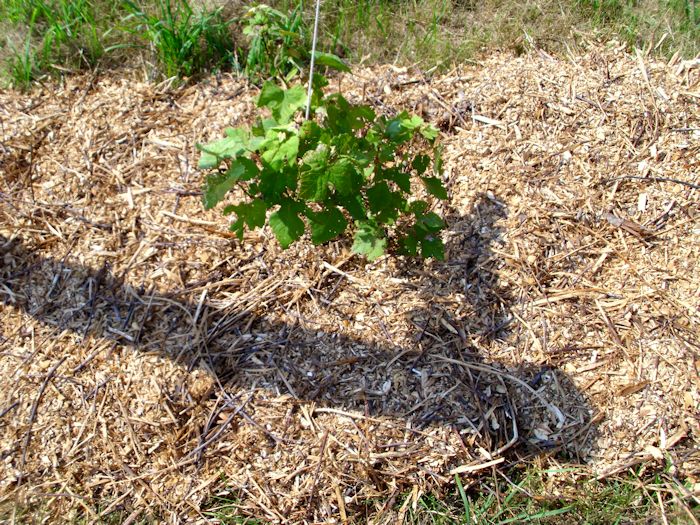If you’ve read this blog long enough, you know that I take a moderate view of global warming. In fact, I’ve even written a post by that title, The Moderate View of Global Warming. It doesn’t surprise me that a number of readers have recently written to ask if I still believe in global warming given the recent cold wave that hit the United States. Yes, I do. Of course, a belief must be based on something, so I went looking for some statistics. My own blog provides some. For example, the harvest was earlier this year than any other year for which I’ve recorded statistics (17 of them). In fact, I’ve made quite a few observations about the effects of global warming on me personally because global warming seems like this really big issue that affects everyone else.
For most people, my personal observations are nice, but unless they happen to live in the same area of the world in which I live, the observations aren’t really relevant. At first I thought I was going to have to painstakingly research the statistics myself, but then I found an article entitled, Scientists: Americans are becoming weather wimps. It turns out that the US regularly experiences freezes of the sort that we’ve recently had, but that the interval has been 17 years this time. It turns out that in the past 115 years, there have been 27 distinct cold snaps where the average temperature across the country have dropped below 18 degrees. That’s an average of one cold snap every 4 years-so waiting 17 years is an unprecedented interval.
The recent cold snap isn’t even very high on the list of cold snaps-it ranks 55th in the list of cold snaps since 1900 when the statistics were first collected. So, the recent cold snap wasn’t only long overdue, it wasn’t particularly cold. Our predecessors faced much colder weather than we do today.
The statistics that made things clearest for me is that there have only been two days that rank in the list of the top 100 coldest days since 2000. However, there have been 13 days that rank in the list of the top 100 warmest days in the same time period. At this point, I’m genuinely interested in recording some of my own data around the area I live, and with weather stations like Weather Underground and others, it can be easier to find user recorded statistics in a specific location. As well as record and upload my own to see any changes throughout any given time periods which could come in handy for statistic analysis. Although these statistics aren’t much comfort to anyone who has suffered broken pipes due to the cold, they all point to one thing-even though it has been cold, the earth is generally getting warmer.
Reducing pollution is an essential part of bringing global warming (defined as a general warming trend with more frequent extremes in weather conditions) under control. Personalizing global warming is an important part of understanding it. Create a list of changes that you’ve noted over the past ten or so years, such as the additional costs for cooling your home and the number of days you have to use the air conditioner each year. Once you start looking around and seeing how global warming is affecting both finances and health, you begin seeing why it’s personally important for you to control it. Let me know your thoughts about global warming and controlling pollution at [email protected].


